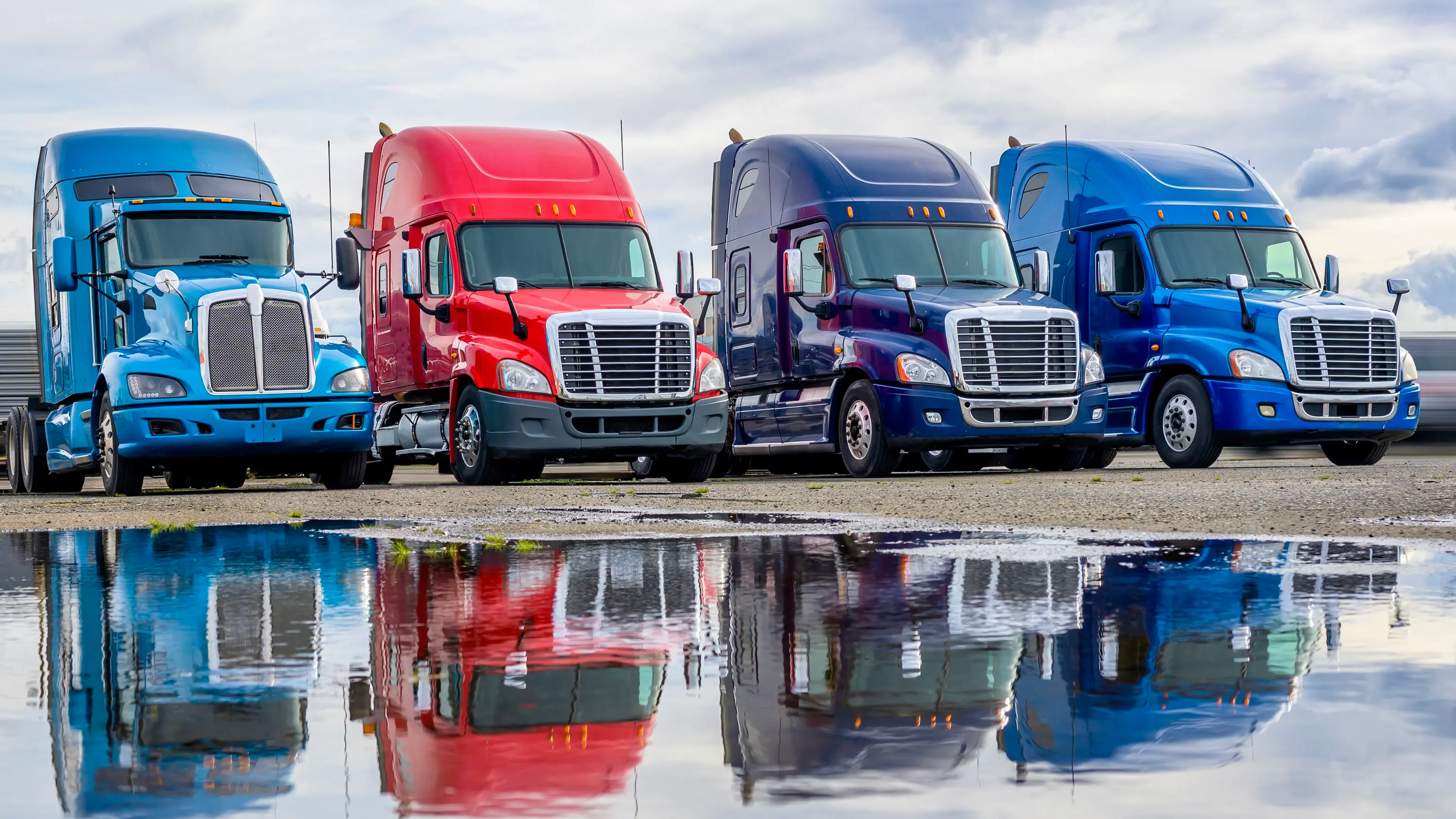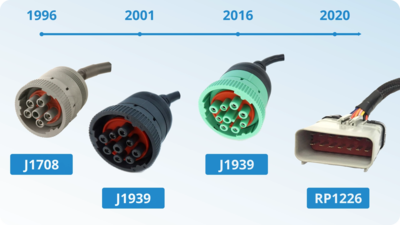
In the trucking industry, size isn't merely a matter of numbers—it's a strategic variable that can make or break your business. Carriers have much to consider when it comes to their fleet size. Contrary to popular belief, the 40 to 100 truck range may not be the sweet spot it's often thought to be. Let's explore why carriers within this range face unique challenges and why those outside it should consider their position carefully.
The Data Speaks
A study performed by Freightwaves and led by Dr. Jason Miller at Michigan State University, reveal some intriguing insights. The survey included 1,918 fleets and found that 63% sourced their loads directly from shippers. Interestingly, smaller fleets (5 to 20 trucks) sourced more directly than those with 40 to 100 trucks. This indicates a more stable, consistent relationship with shippers, which is a cornerstone of a successful carrier operation.
A Word of Caution for Smaller and Larger Fleets
Smaller Fleets:
Unpredictability: Smaller fleets may find more opportunities for direct sourcing but often struggle with the unpredictability of such arrangements.
Limited Scale: The smaller scale often makes it difficult to leverage economies of scale, resulting in higher per-unit costs.
Larger Fleets:
Overhead Costs: Operating a large fleet often comes with increased overhead costs, offsetting the benefits of bulk business.
Complexity: The sheer size can introduce complexities in management, from personnel to logistics.
The Do-It-All Fleet Management Platform.
Start Today, No Contract. No CC.
Empirical Evidence: The Contract Freight Curve
One of the most telling pieces of data comes from a graph that compares fleet size with the percentage of freight hauled on contract. The graph reveals some intriguing trends:
For fleets with 0 to about 25 trucks, there's a steady increase in the percentage of contract freight hauled.
For fleets with 35 trucks and above, there's a steady decrease until about 60 trucks, after which the percentage of contract freight starts to increase again.
This data suggests that carriers with fewer than 40 trucks may want to pause and assess before expanding, as they seem to be in a good position. On the other hand, if you're operating within the 40 to 100 truck range, consider pushing through this challenging phase, as things seem to improve beyond it. View the whole infographic and article here.
The TruckSpy Advantage
After managing my own fleet for a few years and learning the industry my theory is any software, hardware, systems, processes, or procedures that may have worked to get a fleet to 40 trucks may not work to get your fleet to the next level of over 100. This is where TruckSpy comes in. We've exclusively built our product to help fleets in and around the 40 to 100 range. Industry-leading AI-powered dash cameras, smart driver dispatch and load assignment, an easy-to-use electronic logging device (ELD), detailed reporting and analytics, and all the robust hardware that can take the bumps of the road. See how we can help by signing up for a free account.
Conclusion
While the trucking industry is complex and multifaceted, understanding your fleet's position in the market is crucial. If you're operating with fewer than 40 trucks, you might be in a favorable position. However, if you find yourself in the 40 to 100 truck range, consider it a transitional phase and keep pushing for growth. With the right strategies and tools, like those offered by TruckSpy, you can navigate through this challenging segment successfully.
Recent Blogs
by Elyse Byers
July 5, 2024




